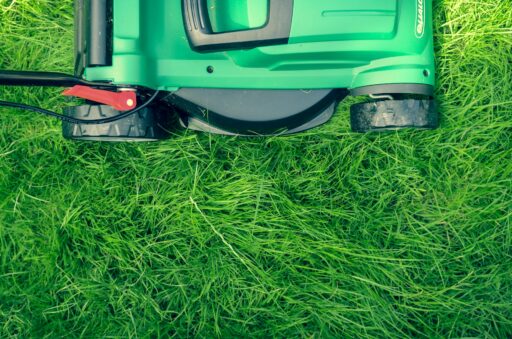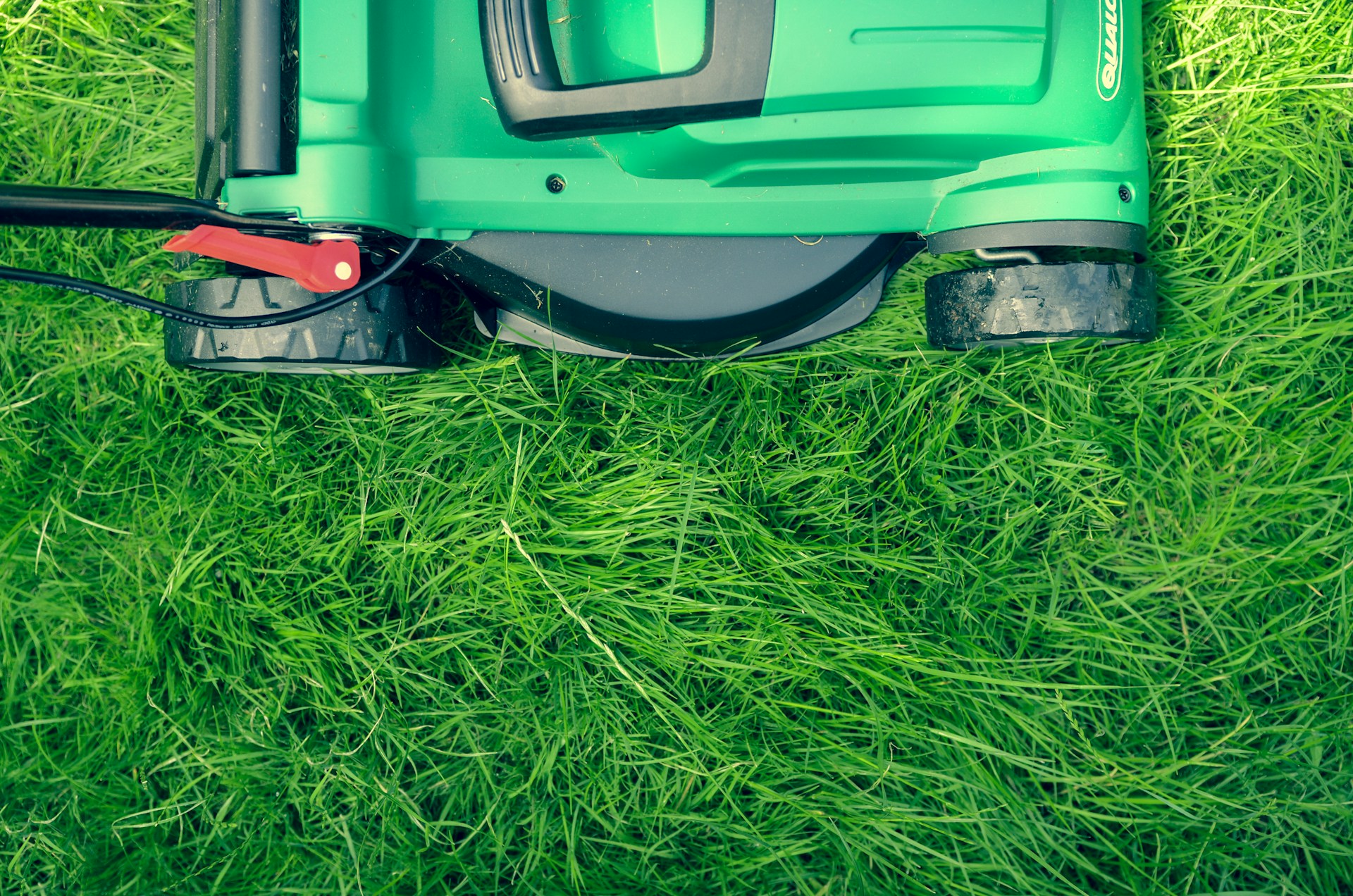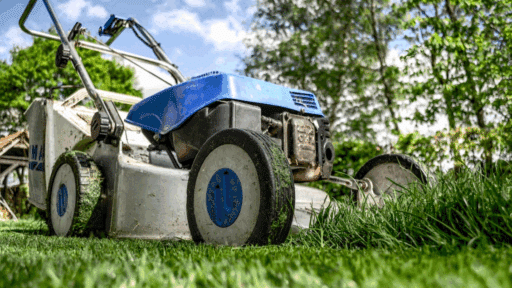A beautiful, well-maintained lawn is a reflection of a homeowner’s care and attention to detail. Not only does it boost your home’s curb appeal, but it also provides a space for outdoor enjoyment. However, maintaining a lush, green lawn requires more than just regular mowing. From spring fertilization to winterization, year-round lawn care is essential to keep your grass healthy and thriving. Here are essential tips to help you achieve a beautiful lawn all year round.
1. Know Your Grass Type
The first step to maintaining a beautiful lawn is understanding the type of grass you have. Different grass species thrive in different climates, and knowing your grass type will help you determine the right care it needs.
Cool-Season vs. Warm-Season Grasses
- Cool-Season Grasses (e.g., Kentucky Bluegrass, Fescue) grow best in cooler temperatures and are ideal for regions with mild winters and moderate summers.
- Warm-Season Grasses (e.g., Bermuda, Zoysia) thrive in hot, humid climates and are best suited for warmer regions.
Knowing your grass type will guide you on when to fertilize, mow, and water your lawn throughout the year.
2. Mow Regularly, But Correctly
Mowing is one of the most essential tasks in lawn care, but it’s not just about cutting the grass. To keep your lawn healthy, it’s important to mow at the right height and frequency.
Mowing Tips:
- Mow to the Right Height: Different grasses have different ideal mowing heights. For example, Bermuda grass should be kept at about 1 to 1.5 inches, while Kentucky Bluegrass is best mowed at 2 to 3 inches. Keeping the grass too short can stress it out, while letting it grow too long may lead to an overgrown, patchy lawn.
- Avoid Cutting More Than a Third: Never cut more than a third of the grass blade at once. Cutting too much can weaken the grass, making it more susceptible to pests and diseases.
- Sharpen Your Mower Blades: Dull blades can tear the grass rather than cut it cleanly, leading to ragged edges that are more prone to disease.
For homeowners who are pressed for time or want consistent mowing without the hassle, LawnGuru’s convenient app offers an easy solution for scheduling regular lawn mowing services. With just a few taps, you can ensure your lawn stays well-manicured without lifting a finger.
3. Water Your Lawn Properly
Proper watering is crucial to maintaining a healthy lawn. While it may seem like a simple task, many homeowners overwater or underwater their lawns, leading to problems like root rot or dry patches.
Watering Best Practices:
- Water Deeply, But Infrequently: Water your lawn deeply once or twice a week, rather than shallowly every day. This encourages deep root growth, which helps the grass withstand heat and drought.
- Water Early in the Morning: Watering early in the morning allows the grass to dry before evening, reducing the risk of fungal diseases.
- Check for Proper Drainage: If you notice puddles forming on your lawn, your soil may not be draining properly. Compacted soil or poor grading can cause water to pool, leading to unhealthy grass.
If you’re unsure about the best watering schedule for your area, a professional service like LawnGuru’s affordable and flexible services can provide you with tailored recommendations based on your lawn’s unique needs and your local climate.
4. Fertilize for Healthy Growth
Fertilizing your lawn helps ensure it has the nutrients needed to thrive. However, over-fertilizing can be just as harmful as under-fertilizing, so it’s important to apply the right amount of fertilizer at the right time.
When to Fertilize:
- Cool-Season Grasses: Fertilize in early spring and fall, when these grasses are actively growing.
- Warm-Season Grasses: Fertilize in late spring and summer, during their peak growth periods.
Fertilization Tips:
- Use the Right Fertilizer: Choose a fertilizer that’s tailored to your grass type and local soil conditions. Slow-release fertilizers are often preferred, as they provide a steady supply of nutrients over time.
- Don’t Overdo It: Too much fertilizer can burn your grass and pollute local waterways. Always follow the instructions on the fertilizer package.
5. Prepare for the Changing Seasons
As the seasons change, so does your lawn’s care. From fall aeration to winterizing your lawn, different tasks are needed throughout the year to keep your grass healthy.
Seasonal Care Tips:
- Spring: Clean up any debris, mow regularly, and apply early fertilization to help your grass bounce back from winter dormancy.
- Summer: Focus on watering and mowing. Avoid heavy fertilization during this time, as it can stress your lawn.
- Fall: Aerate your lawn to reduce soil compaction and improve nutrient absorption. Apply a final round of fertilizer to prepare your grass for winter.
- Winter: Keep your lawn clear of heavy snow or ice, which can damage the grass if left too long. Avoid walking on frozen grass, as it can break and damage the lawn.
By following these seasonal guidelines, you can ensure your lawn stays healthy and vibrant no matter the time of year.
Conclusion
Maintaining a beautiful lawn requires dedication and care, but it doesn’t have to be complicated. By understanding your grass type, mowing correctly, watering properly, fertilizing appropriately, and preparing for the seasons, you can enjoy a lush, green lawn throughout the year.








